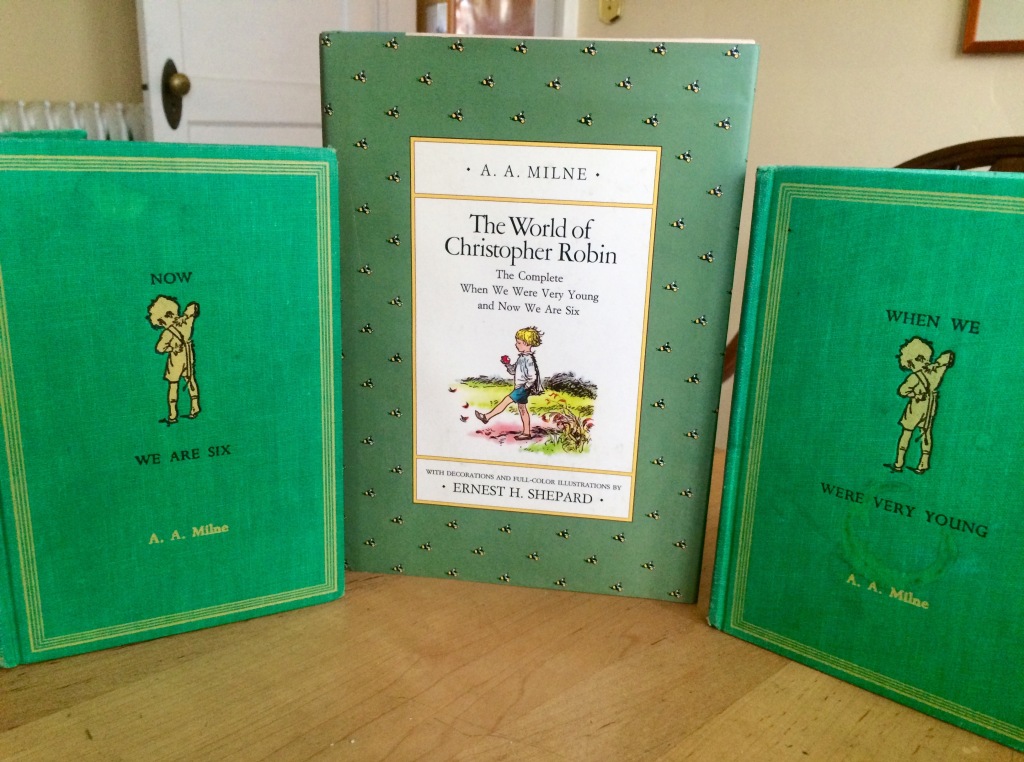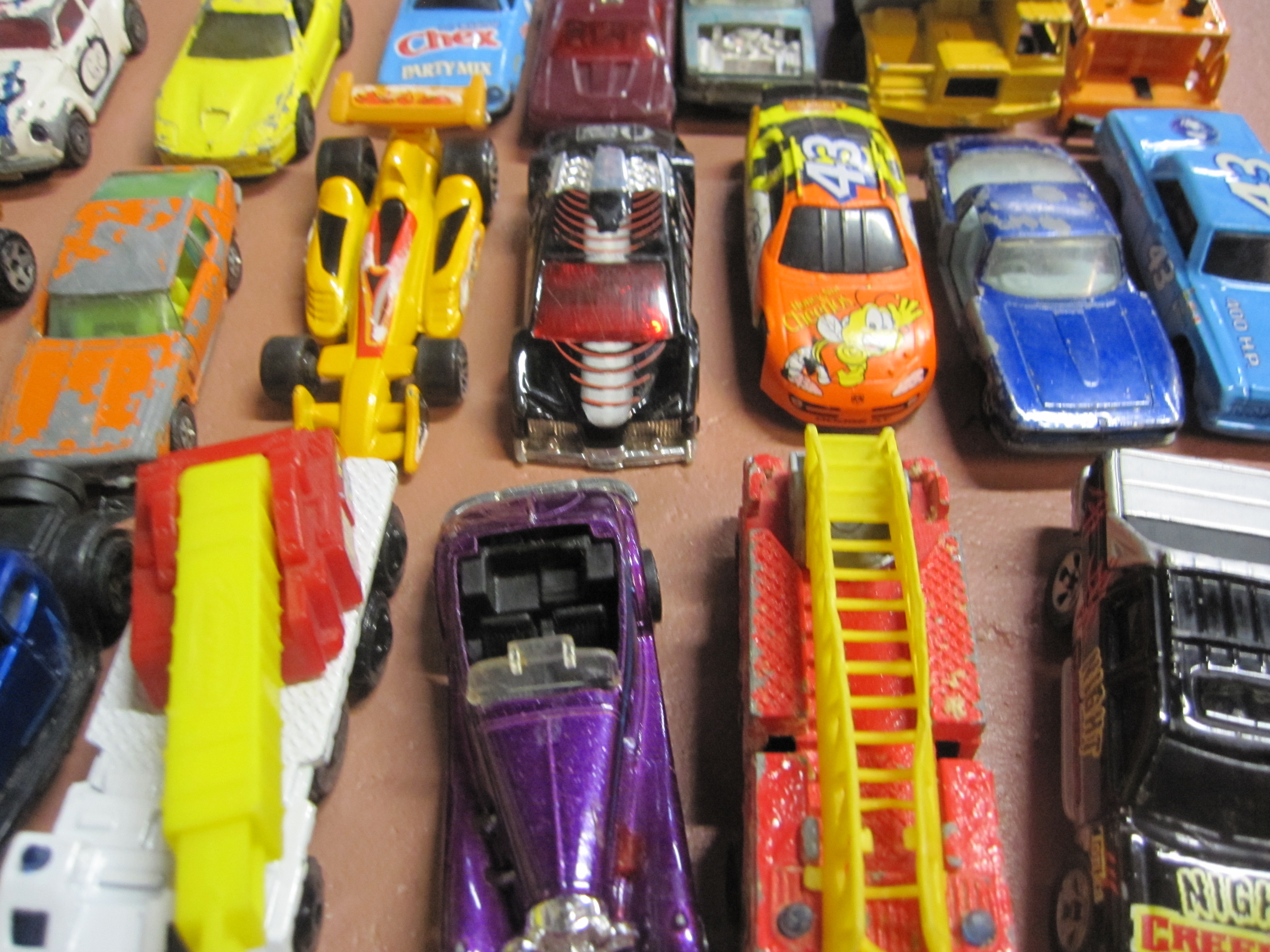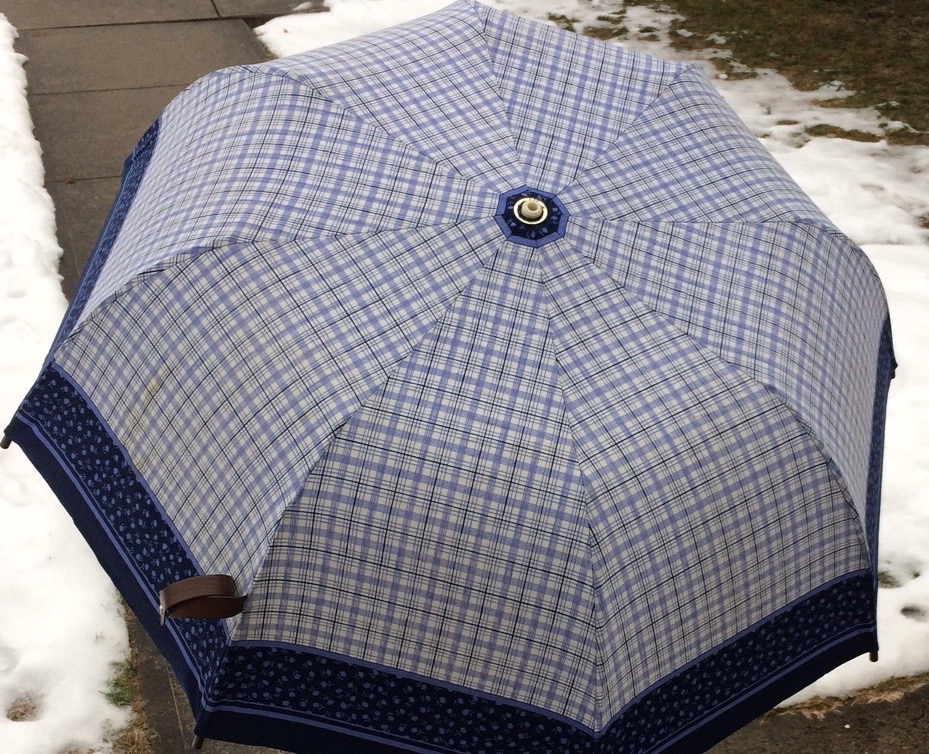
Happy Thursday! I have three fun things to share today.
First, in celebration of National Poetry Month, I’m guest blogging this week over at ReadDiscussDo.com with 10 ideas for celebrating poetry with our children. This is a subject close to my heart because one of the reasons I write and enjoy poetry as a grownup is that my parents and teachers shared their love of poetry with me when I was a child. Interested in doing the same? Then, hop on over to my post there as I share ten ways to get you started.
Second, I have FIVE open-to-the-public book events and signings happening in various corners of New Jersey this spring. Here’s the list and I hope you can join me at one or more of them.

Third, my next book releases coming October. It’s called My Tender Heart Devotions and it might just be my favorite yet!
Here’s the official description:
My Tender Heart Devotions offers 52 age-appropriate meditations for toddlers and preschoolers, including Bible verses and prayer. Using concrete, everyday experiences or objects that little ones can relate to, each weekly reflection is easy to understand and prompts conversation about God’s goodness and love. Written in catchy rhyme, an opening poem is followed by a short devotional that includes a Bible passage, a playful “Heart Moment” activity, and a prayer.
SPECIAL REQUEST: If you would like to be on the launch team for this next book, please let me know by reaching out to me via my contact tab. I’m just starting to put the list together. Tasks include things like sharing about the book on your social media, recommending it to your local children’s ministry programs, Christian schools, libraries etc. The publisher will provide a watermarked digital copy of the book for you to review. I hope you will consider helping the book get a good start in this way.
In the meantime, here are two easy ways you can help let others know about the book (and make this author’s heart overflow with gratitude.)
Way #1: Add it to your Goodreads “to-read” shelf.
Way #2: Pre-order it from Amazon.
If you enjoyed this post, please consider subscribing. I post once or twice weekly with book news, inspirational reflections, tips, interviews and more.







 Please join me in welcoming special guest Amy Losak, as she shares the story behind a delightful new poetry collection for young readers, H Is For Haiku: A Treasury of Haiku from A to Z, written by her late mother, Sydell Rosenberg and published this past April with Penny Candy Books. How this collection came to be is a wonderful story – that involves poetry, hard work, determination and the special bond between mother and daughter. Thank you so much for sharing this book’s unusual journey, Amy. It is an honor to have you on the blog today. Take it away!
Please join me in welcoming special guest Amy Losak, as she shares the story behind a delightful new poetry collection for young readers, H Is For Haiku: A Treasury of Haiku from A to Z, written by her late mother, Sydell Rosenberg and published this past April with Penny Candy Books. How this collection came to be is a wonderful story – that involves poetry, hard work, determination and the special bond between mother and daughter. Thank you so much for sharing this book’s unusual journey, Amy. It is an honor to have you on the blog today. Take it away!

 As an adult, I have continued to foster that love by educating myself on the intricacies of meter and rhyme, by reading the best children’s poetry out there, and by honing my own skills by writing, writing, writing!
As an adult, I have continued to foster that love by educating myself on the intricacies of meter and rhyme, by reading the best children’s poetry out there, and by honing my own skills by writing, writing, writing! 4. Invest in several poet-friendly resources. Of course in this day and age, we poets have lots of free poetry- aiding resources at our finger tips. These include on-line rhyming dictionaries such as the one found at
4. Invest in several poet-friendly resources. Of course in this day and age, we poets have lots of free poetry- aiding resources at our finger tips. These include on-line rhyming dictionaries such as the one found at 




 Car and Truck Onomatopoeia: Anyone who has seen children play with cars and trucks, has witnessed their innate ability to use onomatopoeia (honk, honk, beep, beep). When children naturally use onomatopoeia, adults can say, ”Oh my! That’s a fun sound! That’s sounds like a little poem.” Make sounds with the child.
Car and Truck Onomatopoeia: Anyone who has seen children play with cars and trucks, has witnessed their innate ability to use onomatopoeia (honk, honk, beep, beep). When children naturally use onomatopoeia, adults can say, ”Oh my! That’s a fun sound! That’s sounds like a little poem.” Make sounds with the child. Rainy Day Onomatopoeia: A rainy day is the perfect time to play with onomatopoeia! Ask: “What does the rain say when hits the roof? What does it sound like on the window, etc. Let’s say those fun little sounds all in row and make a little poem.” ( Example: Drip drop..plippity plip,plicka plicka plick!)
Rainy Day Onomatopoeia: A rainy day is the perfect time to play with onomatopoeia! Ask: “What does the rain say when hits the roof? What does it sound like on the window, etc. Let’s say those fun little sounds all in row and make a little poem.” ( Example: Drip drop..plippity plip,plicka plicka plick!) Elizabeth Upton is the author of Maxi the Little Taxi which was published by Scholastic Press in spring of 2016. Her poetry appears in the following collections by Lee Bennett Hopkins.
Elizabeth Upton is the author of Maxi the Little Taxi which was published by Scholastic Press in spring of 2016. Her poetry appears in the following collections by Lee Bennett Hopkins. 